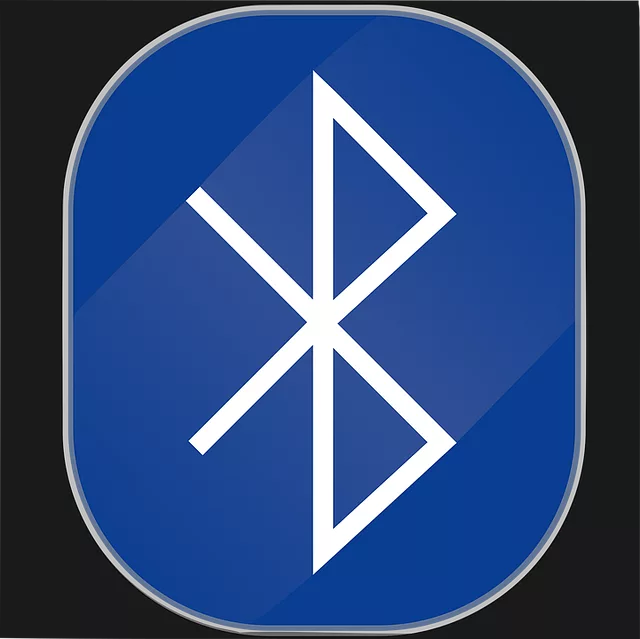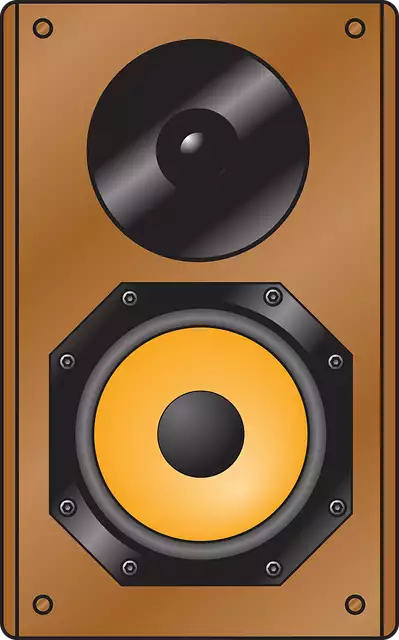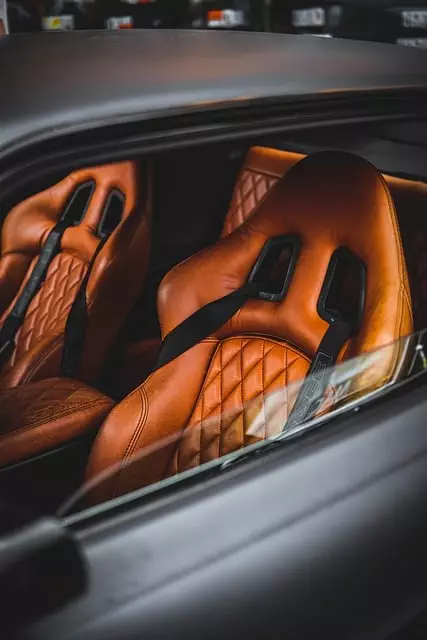Modern vehicles like the Toledo come with standard Bluetooth integration for hands-free calling and high-quality audio streaming from paired devices. A Bluetooth car stereo enhances safety, convenience, and listening experiences by offering easy control over smartphone media, improved sound quality, and support for multiple connections. When installing a Bluetooth stereo in a Toledo, consider your priorities, research models, and follow installation steps carefully. Regular updates, proper pairing, high-quality cables, and connector care ensure optimal performance and reliable Bluetooth audio streaming.
Upgrading your Toledo’s sound system with a Bluetooth car stereo offers seamless wireless audio streaming, transforming your drives. This article guides you through the process of installing a Bluetooth stereo, from understanding its integration in modern cars to post-installation configuration. We’ll walk you through choosing the right model, gathering tools, step-by-step installation, and essential maintenance tips for optimal performance. Discover how Bluetooth integration enhances your driving experience with enhanced connectivity and superior sound quality.
- Understanding Bluetooth Integration in Cars
- Benefits of a Bluetooth Car Stereo
- Choosing the Right Bluetooth Stereo for Your Toledo
- Preparation and Tools Required for Installation
- Step-by-Step Guide to Installing a Bluetooth Stereo
- Post-Installation Testing and Configuration
- Tips for Maintaining and Optimizing Your New System
Understanding Bluetooth Integration in Cars
In modern vehicles, Bluetooth integration has become a standard feature, offering drivers convenient and hands-free connectivity. The process involves pairing your Bluetooth device with the car’s stereo system, enabling seamless audio streaming. This technology is particularly useful for those who frequently listen to music or podcasts on their phones while driving, as it allows them to enjoy their favorite tunes without the distractions of physical connections or tangled wires.
Bluetooth car stereo installation in models like the Toledo provides a straightforward and accessible way to enhance your in-car audio experience. By integrating Bluetooth, drivers can easily connect their smartphones, access streaming services, and manage their music libraries directly from the vehicle’s dashboard controls. This integration ensures that Bluetooth audio streaming is not only simple but also safe, as it keeps the driver’s attention on the road while enjoying their entertainment.
Benefits of a Bluetooth Car Stereo
A Bluetooth car stereo offers numerous advantages for modern drivers. The primary benefit is seamless bluetooth integration toledo, allowing easy pairing with your smartphone. This enables hands-free calling and bluetooth audio streaming, ensuring a safer and more convenient driving experience. With just a few clicks, you can switch between tracks, receive important calls, or use voice commands without taking your eyes off the road.
Moreover, a Bluetooth car stereo enhances your overall listening experience. It provides high-quality sound with advanced connectivity options, allowing you to access your favorite music libraries, podcasts, and audiobooks effortlessly. Many modern models also support multiple device connections, making it ideal for families or when entertaining passengers.
Choosing the Right Bluetooth Stereo for Your Toledo
When considering a Bluetooth car stereo installation for your Toledo, the first step is to select the right system that aligns with your vehicle’s needs and preferences. Not all stereos are created equal, especially when it comes to compatibility and features. Start by assessing what you require from your audio setup; do you primarily want hands-free calling through Bluetooth integration to Toledo or are you looking for advanced music streaming capabilities?
Additionally, ensure the stereo supports common Bluetooth audio streaming protocols like A2DP (Advanced Audio Distribution Profile) for high-quality audio playback. Checking user reviews and comparing different models will help you make an informed decision. Look for stereos that are known for their reliable Bluetooth connectivity, intuitive controls, and compatibility with various devices, ensuring a seamless experience during your drive.
Preparation and Tools Required for Installation
Before installing a Bluetooth car stereo, ensure you have all the necessary tools and components for a smooth process. The basic requirements include a new Bluetooth car stereo compatible with your vehicle, a pair of wire strippers, a soldering iron (for connecting wires), and a set of screwdrivers to match your car’s make and model. Additionally, having an auxiliary input adapter can be useful if your car doesn’t have a standard audio connection.
Proper preparation is key to successful Bluetooth audio streaming in your vehicle. Research the specific steps for your car’s make and model, as some vehicles may require additional hardware or modifications. Double-check that the new stereo is compatible with your Bluetooth integration Toledo system, ensuring seamless connectivity and optimal sound quality during your journey.
Step-by-Step Guide to Installing a Bluetooth Stereo
Installing a Bluetooth car stereo is an easy process that allows for seamless bluetooth integration and bluetooth audio streaming. Here’s a step-by-step guide to help you get started:
1. Remove Your Existing Stereo: Begin by carefully removing your old stereo system from the dashboard. This typically involves unplugging connectors, releasing clips or screws, and detaching power wires. Make sure to keep track of each component for proper disposal or future use.
2. Prepare Your New Bluetooth Stereo: Take out your new Bluetooth stereo unit and locate the mounting brackets that came with it. These will secure the stereo in place. Follow the manufacturer’s instructions to attach the brackets to your dashboard, ensuring they align correctly with the holes from your old stereo. Once secured, connect all the necessary power, audio, and data cables from your car’s wiring harness to the new stereo’s corresponding ports.
Post-Installation Testing and Configuration
After successfully installing your new Bluetooth car stereo, it’s time for thorough testing and configuration to ensure optimal performance. Begin by pairing your smartphone with the stereo using the device’s Bluetooth settings. Once paired, test audio streaming from various apps to confirm consistent and high-quality sound. Adjusting settings within the stereo’s menu, such as equalization and bass boost, can further enhance the listening experience based on personal preference.
Next, explore advanced features like hands-free calling by setting up your preferred contact list or using voice commands. Configure Bluetooth integration in Toledo to seamlessly connect with compatible devices and ensure smooth audio switching between sources. Regularly update firmware through the stereo’s settings for improved stability and access to new features, enhancing your overall Bluetooth car stereo installation experience and enabling Bluetooth audio streaming without interruption.
Tips for Maintaining and Optimizing Your New System
After successfully installing your new Bluetooth car stereo in Toledo, maintaining and optimizing your system is key to ensuring top performance. Regularly update your stereo’s firmware to access the latest features and bug fixes. This can often be done wirelessly via an over-the-air (OTA) update option, similar to how smartphones receive updates. Keeping your software current not only improves functionality but also enhances security patches for your device.
Additionally, maintain optimal Bluetooth audio streaming by pairing only trusted devices and keeping them updated as well. Use high-quality aux cables when connecting other sources to prevent signal loss or interference. Regularly clean your stereo’s connectors and ensure they’re properly seated to guarantee a strong connection. Also, consider adjusting the equalizer settings within your stereo’s menu for personalized sound quality that best suits your preferences and driving conditions.


